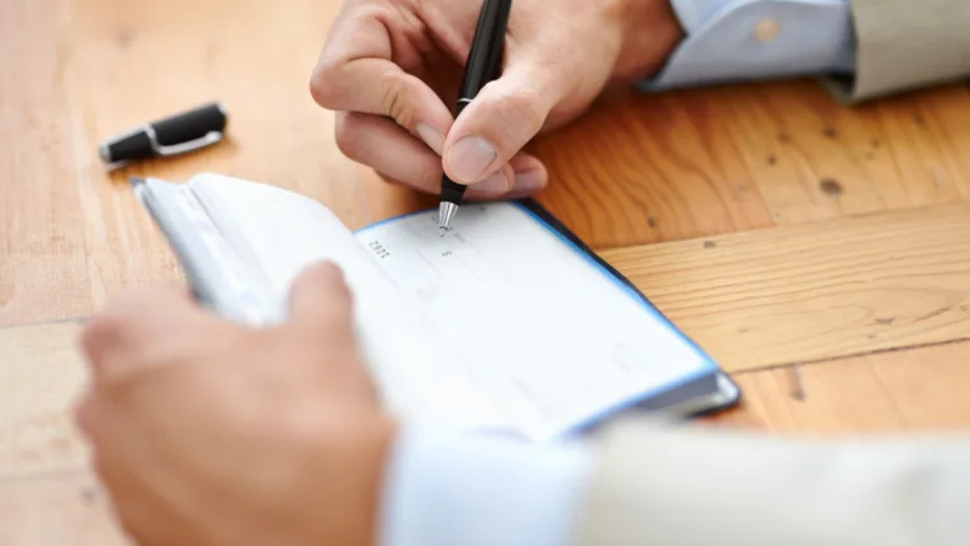Preventing Check Fraud in a Digital Age
Jan 9, 2025

Although check usage has decreased by about 25% in recent years, reports of check fraud have surged, nearly doubling since 2021. Checks contain personal and financial information that can make you a target for criminals, so it’s important to understand the risks and learn how to protect yourself.
What Information Is At Risk?
When you write a check, you expose several personal details that scammers can exploit:
- Name and Address: Can be used for identity theft or to write fake checks.
- Personal Information in the Memo Line: Social Security numbers, account numbers, or payment purposes can be misused.
- Account and Routing Numbers: Can be used to produce counterfeit checks or initiate unauthorized transfers.
- Your Signature: A fraudulent copy can make it easier for scammers to alter or forge checks.
How Does Check Fraud Work?
Criminals often target mailboxes to intercept checks, which they can alter to steal money from your account. Common tactics include:
- Check Washing: Using chemicals to erase the recipient’s name and payment amount, then rewriting the check to a different recipient with another amount.
- Counterfeit Checks: Using your account and routing numbers to create fake checks for fraudulent purchases or withdrawals.
Protecting Yourself from Check Fraud
Here are some practical steps to safeguard your personal and financial information:
- Write with Permanent Gel Pens: Gel ink soaks into the paper fibers, making it resistant to chemical tampering.
- Fill In Every Space: Avoid leaving blank spaces on the check. Draw a line through any unused space in the payment amount field.
- Withhold Personal Information: Do not include sensitive details on the memo line.
- Review Your Accounts Regularly: Use online banking to monitor your account activity for unusual transactions. Set up alerts for when transactions post to your account.
- Follow Up with Recipients: If a check doesn’t clear your account after a reasonable period, confirm with the recipient whether they received it.
- Consider Digital Payment Options: Use electronic transfers, credit cards, or mobile payment apps whenever possible.
- Mail Checks from the Post Office: Avoid mailing checks from your home or business mailbox. Use the blue post office mailboxes and avoid mailing checks overnight or on weekends.
- Have the Post Office Hold Your Mail: If you’re away for an extended period, ask the post office to hold your mail to prevent unattended checks from being stolen.
What to Do If You Suspect Check Fraud
If you suspect you’re a victim of check fraud, take immediate action:
- Contact Your Financial Institution: They can stop payment on the check, close compromised accounts, and investigate the issue.
- File a Police Report: An official record can help authorities investigate and possibly recover stolen funds.
- Continue to Monitor Your Accounts: Stay vigilant for any further suspicious activity and report it to your bank immediately.
Although checks may not be as commonly used as they once were, the financial information they contain makes them a prime target for criminals. As reports of check fraud continue to rise, staying vigilant is more important than ever. By following these protective measures, you can significantly reduce the risk of check fraud and keep your hard-earned money safe.
Stay vigilant and stay safe!